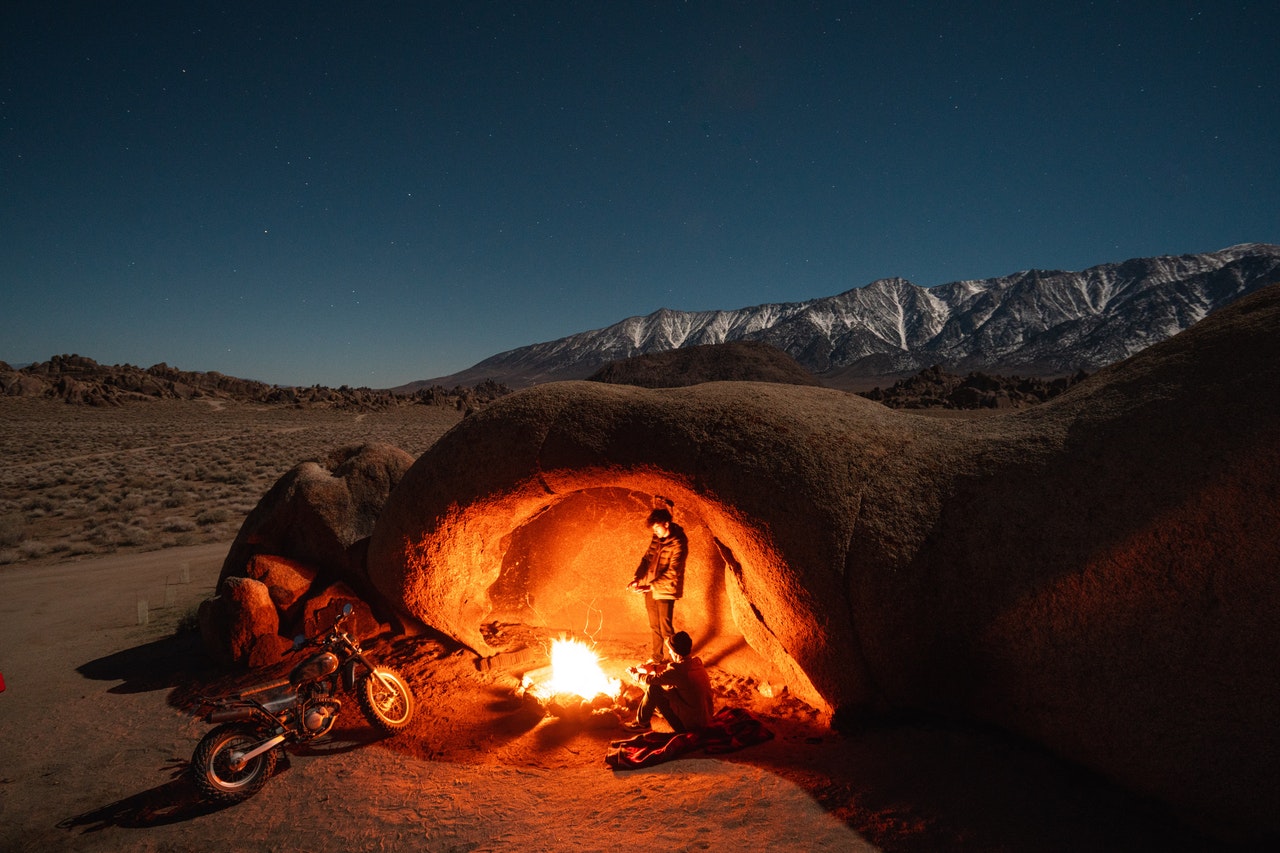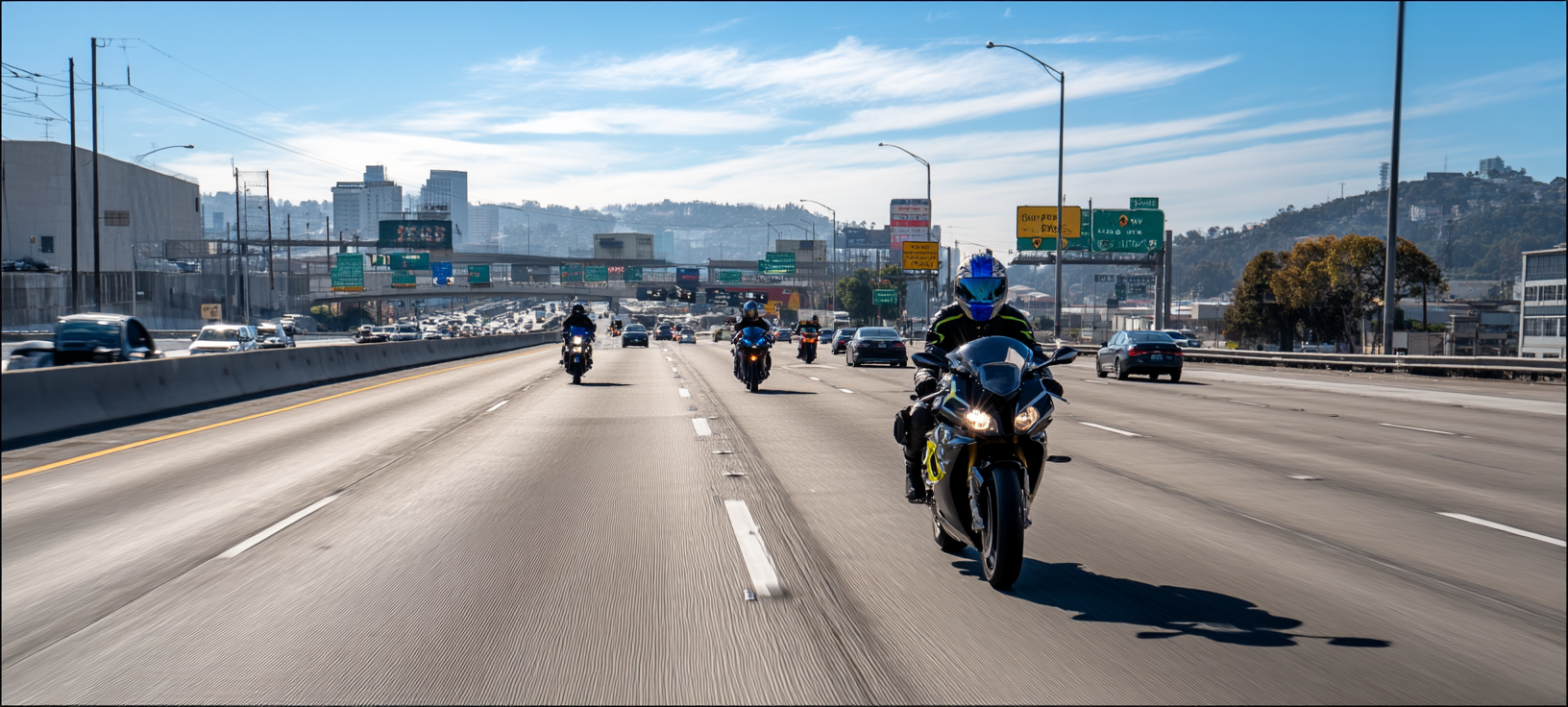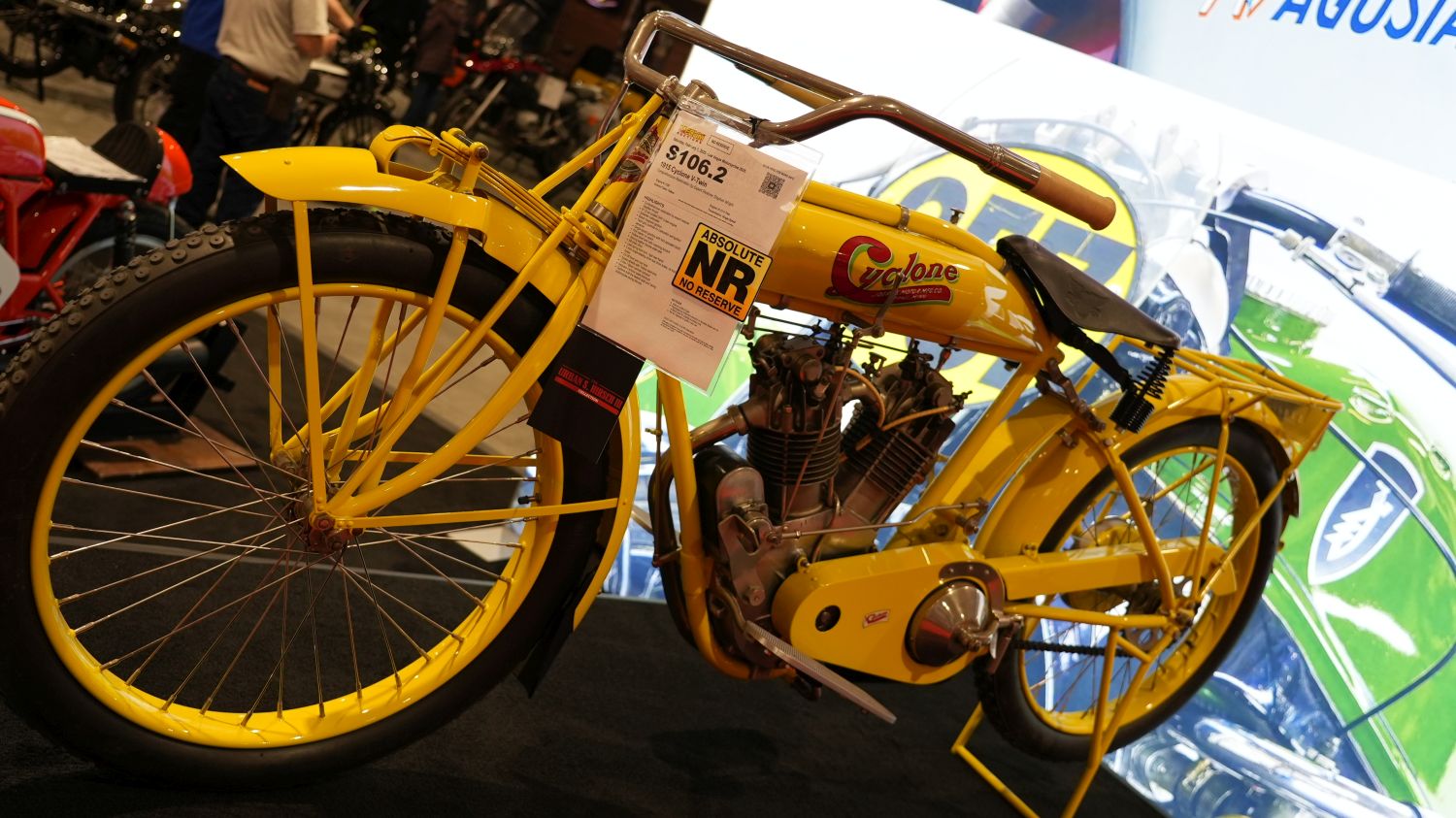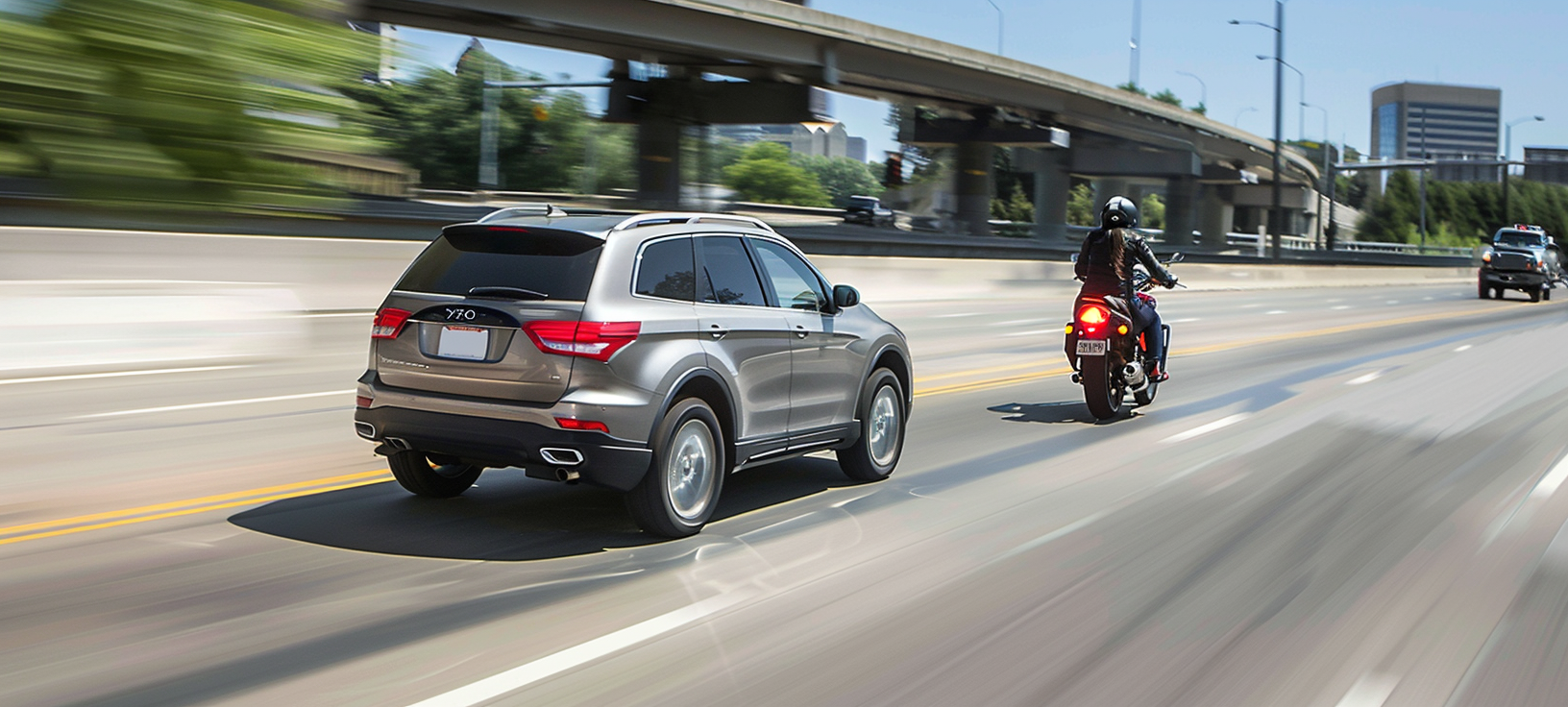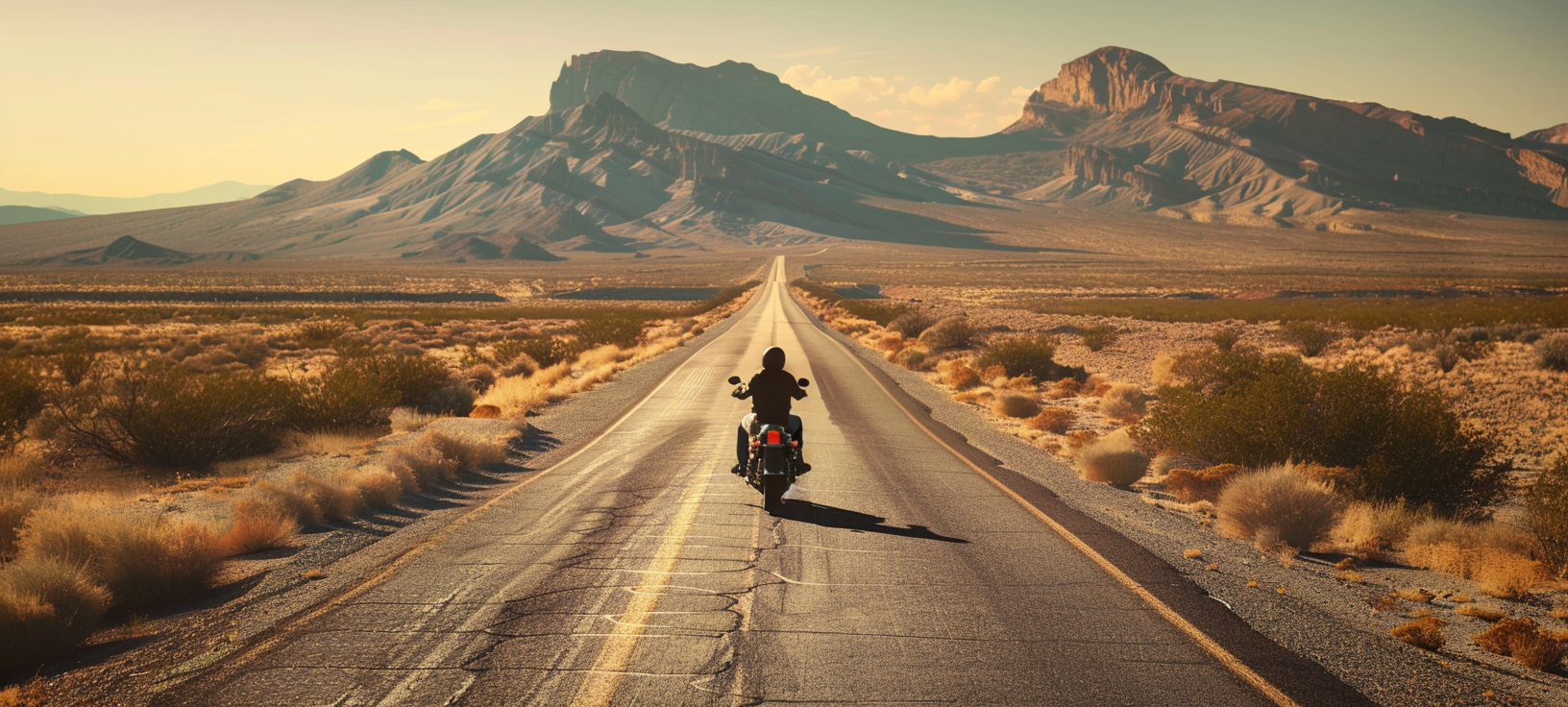If you ride a motorcycle understand the overwhelming joy of covering ground on two wheels. It’s more intimate than a car and more fun than a convertible. You are one with nature and the highway marking off miles beneath you.
A moto camping trip ups your committed relationship with your bike. It levels up and takes on a whole new meaning. Now, instead of simply providing transportation from A to B, your motorcycle becomes your mobile home base and the headquarters for your living, sleeping, dining and entertainment. You must learn how to pack light and efficient.
We have some motorcycle camping tips and equipment, from helpful hints to the must have, absolute necessities are. Let’s get you on your way to having a great camping trip on your bikes. We looked to experts on camping, KOA, Kampgrounds of America, for these recommendations, tips and tricks.
CONSIDERATIONS WHEN PREPARING FOR MOTORCYCLE CAMPING
Preparing for a motorcycle camping trip involves more than just creative packing. There are a number of considerations that you will want to have covered before setting off. Planning is everything! Carefully consider the following:
1. HOW LONG DO YOU PLAN TO BE GONE?
The length of your trip is the biggest starting point because it directly affects what you pack and what you need to take care of.
If you are only going away for a few days, you may be comfortable bringing a couple sets of clothes and doing laundry when you return. If you’re going for more than a week, however, there is the consideration of doing laundry on the road. Think of how many clothes you want to pack and how often this will necessitate washing them.
In addition to clothing, the length of your trip affects nearly everything else. There are things like licenses, inspections and registrations that expire. It may also change your choice of shelter.
2. WHERE WILL YOU STAY AND WHAT GEAR DO YOU NEED TO PACK?
Are you going to be pulling into a fully equipped campground or will you be completely on your own out in the wilderness? What about a camping cabin? These offer protection from the elements and often come with additional amenities that can make your trip easier.
If you will be sleeping outdoors, it is imperative to invest in some good motorcycle camping gear. Remember this general rule: the better the gear, the smaller, lighter and sturdier it is.
A good sleeping bag is critical. The primary competition is between synthetic fiber and down feathers and each has its own pros and cons. A down sleeping bag will keep you warmer and packs smaller, but it does not fluff up when it is wet, thereby hindering its ability to keep you warm. A synthetic sleeping bag dries out much faster, making it a good choice for damp conditions, but it takes up more room in packing. Sleeping bags also differ in temperature ratings. Your average three-season synthetic sleeping bag is rated for temperatures as low as 15-20 degrees Fahrenheit, while a four-season down sleeping bag is rated for subzero weather.
 Then there’s the mattress pad, which is an important part of the equation in both comfort and warmth. First off, if you are motorcycle camping, do not bring along a massive inflatable mattress. They are heavy and take up absurd amounts of room. A good mattress pad should be about the size of a liter bottle of soda and will keep you insulated from the heat-sucking ground.
Then there’s the mattress pad, which is an important part of the equation in both comfort and warmth. First off, if you are motorcycle camping, do not bring along a massive inflatable mattress. They are heavy and take up absurd amounts of room. A good mattress pad should be about the size of a liter bottle of soda and will keep you insulated from the heat-sucking ground.
Then, there is the all-important tent.
A family-sized tent is spacious, can have multiple rooms and will keep your bike out of the weather. The downside is that it can be bulky to pack.
A backpacking tent, meanwhile, is comfortable, protects you from the elements and may be no bigger than a gallon jug of milk when packed. The downside is that it will not house your bike and is not as cavernous as a family-sized one.
Campers may also choose to forego a classic tent altogether and opt for the romanticized bivouac. This is a temporary shelter strung between your motorcycle and the ground or a tree, and can be as simple as a tarp. It packs very well but does not provide much protection from the elements.
Small expedition tents are often the favorite of motorcycle campers, as they offer you a good balance between lighter packing and a moderately-sized tent.
3. WHAT RESOURCES WILL BE AVAILABLE TO YOU?
First, do you need to make any reservations? Be sure to book your campgrounds well ahead of time. These places can fill up rather quickly during peak seasons!
Next, figure out what you will need to bring for food, cooking and laundry. Are there groceries nearby? How about a laundromat?
Cooking can be done over the fire or a grill, which some campsites offer, but it’s also good to have another source of cooking heat in case of wet conditions and soggy wood. There are loads of lightweight, low-profile camping cookware tools that make things like boiling water, frying eggs and preparing meat a breeze.
A small, 16-ounce propane canister is likely all you will need to get through a week of camping. There are also lots of specially engineered pots and pans designed to save space and weight in your packing. Look for cookware designed for backpacking if you plan on cooking over a camp stove at all.
4. IS YOUR BIKE’S MAINTENANCE UP-TO-DATE?
Remember that an oil change is the absolute cheapest maintenance you can do on your bike. If you are heading out to go camping, it might be a good idea to get your oil changed, your oil filter replaced and also to have a mechanic look over the rest of the bike to make sure it’s ready for the trip. The oil filter is there to prevent grit and bits of engine wear from getting sucked into the system, and having new oil and a new filter is an easy way to prevent issues on the road.
Your tires are another important part of the chain, albeit a more obvious one. What you should look for is any sign they need to be replaced. A long trip on hot highways can quickly take your tires from just within the safety margin to unsafe levels of wear. If it’s been a while since you’ve changed your tires, before you leave for your trip is the perfect time to do so.
Lastly, make sure your inspection and registration are not only up-to-date, but will continue to be current through the end of your trip. Many states allow you to get your inspection and registration renewed up to 3 months in advance of the expiration date, so this gives you plenty of time to prepare.
5. WILL YOUR BIKE VIOLATE ANY LOCAL LAWS?
Custom modifications have been around as long as motorcycles, from aftermarket lighting to modified exhaust systems. However, certain states have laws restricting such modifications.
California, for instance, outlaws modifications that tamper with emissions. This affects things like fuel-injectors and ignition parameters, meaning any work meant to give your bike more power by sacrificing clean emissions could turn out to be illegal and result in you getting a ticket. Check the state laws anywhere you will be going and make sure your bike is compliant.
Lane splitting is another point that is treated differently in different states. Though it is a tempting way to beat traffic, keep in mind that lane splitting may be illegal where you are headed.
Also, don’t forget that different states have different helmet laws. You should always wear a helmet when riding your bike for safety reasons, but if you don’t currently wear one regularly, you should check the rules in the states where you will be traveling to determine if you will be required to wear one by law. There are nineteen states in the United States that officially have helmet laws and you don’t want to be caught without one.
6. WHAT RIDING GEAR SHOULD YOU WEAR BASED ON THE CLIMATE AND WEATHER?
Check the weather where you will be driving. If it’s the peak of summer, you probably want to wear a motorcycle jacket that allows air to be vented in to keep you cool. If it’s a bit cooler, remember that even a pleasant 60º F can feel frigid at 60 miles per hour. Bring a windproof jacket for these types of temperatures.
Gloves are another part of riding that are extremely important. We naturally tend to use our hands to break falls, so a sturdy set of gloves can save your skin from becoming part of the asphalt! Gloves also keep your hands warm. Cold fingers don’t move well and you want your fingers to be limber in order to operate your bike.
 Preparing for wet driving conditions requires a different set of gear altogether. This is where the difference between “waterproof” and “water-resistant” really reveals itself. Remember: a truly waterproof item should not allow any moisture in whatsoever. “Water-resistant” items are fine for fog, mist and even the occasional light rainfall, but beyond that they will not keep water out reliably.
Preparing for wet driving conditions requires a different set of gear altogether. This is where the difference between “waterproof” and “water-resistant” really reveals itself. Remember: a truly waterproof item should not allow any moisture in whatsoever. “Water-resistant” items are fine for fog, mist and even the occasional light rainfall, but beyond that they will not keep water out reliably.
Riding with a helmet is always a good idea for safety, and may even be required by law depending on where you are riding. Make sure that your helmet is in good enough condition to do its job – protecting your head.
Even if you have never had a crash, there is a good chance that you still need to replace your helmet. Remember that a helmet’s job is to take the impact so your head won’t have to. A helmet is a carefully designed combination of an outer shell, glue, foam and more — and that means even dropping yours on the floor can begin to break down the bonds needed for the helmet to properly do its job.
A helmet older than five years will naturally start to wear out. The glue ages and may no longer bind parts together properly. Check when you bought your helmet and plan on getting a new one if it’s older than five years or if it’s ever been in a crash. Remember: a good helmet only does its job once!
HOW TO PACK YOUR BAGS FOR MOTORCYCLE CAMPING
Packing a motorcycle for camping isn’t the same as packing a suitcase and heading out the door. On a motorcycle, anything you bring with you becomes an intimate part of the journey. An average suitcase creates isolated weight and wind resistance and takes up more space than it would by simply throwing it in the trunk of a car, so you will want to consider other options for packing your gear on your bike.
We will now look at how to best pack your motorcycle for a camping trip.
1. PAY CLOSE ATTENTION TO WEIGHT DISTRIBUTION
A low center of gravity means stability in just about any type of vehicle. This holds doubly true for motorcycles, where stopping at a red light requires the rider to balance the bike with a foot. Furthermore, a motorcycle needs to have a reasonably even load between its tires. Too much weight behind the rear axle will lift the front tire up, affecting steering and stability dangerously. To keep your ride safe, focus on packing weight close to the bike’s center of gravity.
When packing your motorcycle, pack your heaviest items first. These should go low on the bike and between the two wheels, with a common spot being just in front of the rear tire. They should also be evenly packed and distributed to each side of the bike so there is no uneven pull on one side or the other.
Light objects should be packed higher up on the bike and behind the rider or passenger. This gets them out of the path of the wind and, provided they are not too heavy, will not affect the front-back weight distribution of the bike.
There are plenty of tools to aid you in packing your motorcycle. A luggage rack is a good place to start. This tiny platform provides a place for you to set and strap your lighter bags and typically rests over the rear of the bike, behind the axle. Then there are straps or saddle bags, which let you attach luggage to the sides of your bike. Just make sure you don’t block the air intake to the engine or strap your bag to a part of the bike that gets hot during use.
2. HAVE A DESIGNATED SADDLEBAG FOR WET OR DIRTY CLOTHES
Even if you fold and pack your clothes meticulously, the moment they get dirty, you will no longer want them to mingle with your clean clothes. This often results in the unraveling of your masterful packing design, with dirty and wet clothes being stuffed in the wrong places. Planning ahead for your dirty laundry will save you a lot of grief.
While preparing for your motorcycle camping trip, designate a saddlebag for your wet or dirty clothes. Place a few packets of detergent in a plastic bag in this compartment as well. When it comes time to do laundry, simply take the whole saddlebag into the laundromat with you.
TIPS FOR PACKING LIGHTER
While this is the biggest challenge of preparing for a motorcycle trip, it’s also the most rewarding. Having packed light is one of the most satisfying sensations known to campers, as it streamlines the trip both metaphorically and aerodynamically. Here’s how to get it done
1. ONLY BRING WHAT YOU NEED
This is simple in theory but difficult in practice. With a little bit of creativity, however, you will get the hang of it. Packing only what you need will inevitably require some sacrifice and compromise with yourself, but trust that it will pay off. There are plenty of things that will be available to you while on the road and which you don’t need to pack from home.
First, try this exercise: see if you can imagine everything you pack having at least two uses. For example, a wool under-layer while riding may make a great shirt to sleep in once you’ve set up camp. With a bit of ingenuity, this can cut your packing list down significantly.
A first aid kit is another motorcycle camping essential, but don’t prepare for self-surgery. Likewise, think of tools that you might realistically need — say, the ability to patch a tire or tinker with your engine — but consider that you will probably have to rely on mechanics for anything bigger than that.
How long will you be far away from civilization? Plan for what your trip will actually entail rather than the off-chance that you will spontaneously decide to ride your bike around the planet.
2. RESEARCH THE WEATHER AHEAD OF TIME
Not only is this important for safety, as discussed earlier, but it also makes packing a much more efficient process. There is no point in packing a winter jacket if the weekend temperatures are not supposed to drop below sixty degrees. You won’t need a swimsuit if it’s going to be drizzly and chilly. Here is one insider tip to packing effectively: consider getting a set of wool clothing.
No, not that course, itchy wool that makes your skin feel like it has broken out in a rash, but rather soft, gentle Merino wool. The advantages of wool seem almost too good to be true. it doesn’t get smelly, it keeps you both warm in the winter and cool in the summer, it keeps you warm even when wet, it breathes and wicks moisture away from your skin, and it is lightweight. That means you can pack less clothing for your trip and avoid the annoyances of smelly laundry.
3. PLAN TO FIND SOMEWHERE TO DO LAUNDRY
You will want to check on this ahead of time. When you do need to wash your clothes, wool or otherwise, make sure you aren’t stuck wondering where to do it. Get on the internet and search for laundromats in each of the areas you plan to stay. Some campgrounds also offer laundry facilities for campers to use, which will cut down on you having to make a separate stop at a laundromat.
Remember that planning on doing laundry also reduces the number of changes of clothes you have to bring, making your packing a lot more focused.
4. GET LIGHTWEIGHT BACKPACKING COOKWARE AND GEAR
Just as lightweight backpacking gear is sure to be of higher quality, it is also guaranteed to make your life a lot easier when packing. You do not want to turn your bike into an internet meme by strapping a huge tent to the side of it, so invest in some lightweight and highly stowable backpacking gear. Cookware is the same idea, lightweight versions made for backpacking can save you a lot of packing weight. If properly cared for, these investments will last you for many years to come.
Be sure to share your experiences with us. We would love to see your pictures and hear all about your road trips! Talk to strangers. All of your motorcycle friends were strangers once. We Ride Together.

